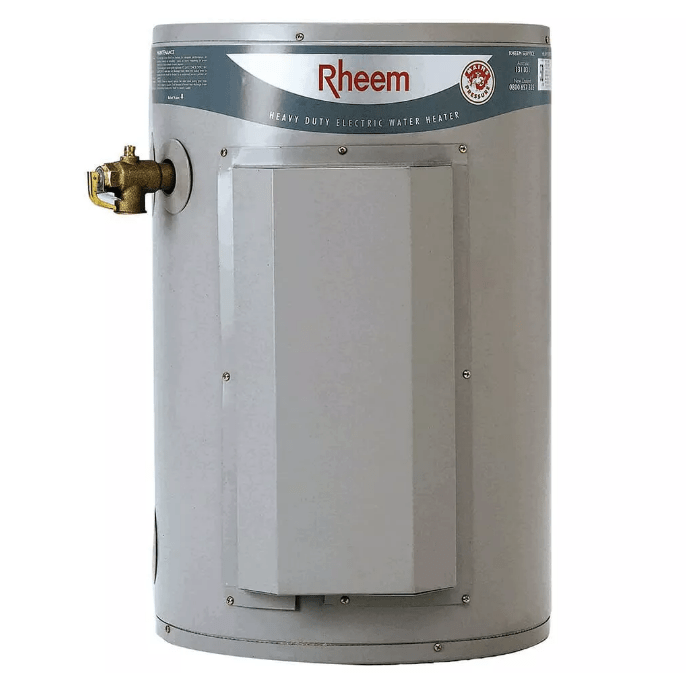
Credit: https://1stchoicehotwater.com.au/product/rheem-heavy-duty-electric-613050g7-50l/
Introduction
Hot water system heat pumps are a great way to provide energy-efficient and cost-effective hot water solutions for your home or business. These systems use the ambient air around them to transfer thermal energy into usable heat, making them more efficient than traditional electric and gas-fired hot water systems. In this article, we will discuss the benefits of hot water system heat pumps, the types of heat pumps available, installation steps, and maintenance and troubleshooting tips.
Types of Heat Pumps
There are two main types of hot water system heat pump – air-source and ground-source (geothermal) – each with its own advantages and disadvantages. Air-source heat pumps are the most common type of heat pump. This type runs off electricity, taking warm air from outside your home and transferring it indoors in the winter months to keep you warm and cooling your house during the summer months. Air-source systems tend to be less expensive upfront but may not be as energy-efficient compared to other types of systems over time due to fluctuating outdoor temperatures.
Ground source (geothermal) systems use a network of pipes buried underground around the perimeter of a property which carries a liquid that absorbs natural warmth from beneath the earth’s surface before transferring it inside for heating purposes in winter and cooling in summer using an indoor unit connected by a series of ductwork throughout the home. These systems require more complex installation than their air source counterparts but can offer greater efficiency as they take advantage of more stable temperatures beneath the earth’s surface year-round.
Benefits of Installing a Heat Pump System
Heat pumps are a versatile home heating and cooling solution that can help families save money in the long run while providing extra comfort during extreme temperatures. Here are the benefits of installing a heat pump system:
- Lower Energy Bills: Heat pumps use less electricity than traditional HVAC systems, which means they can dramatically reduce your energy costs over time. By using renewable energy sources such as ground-source heat pumps, air-source heat pumps, or geothermal systems, you can reduce your carbon footprint while paying less on your monthly utility bill.
- Increased Comfort: Heat pumps are designed to deliver consistent temperatures throughout your home by circulating cooled or heated air evenly throughout all rooms in the house. This helps create a more comfortable environment that is free from hot and cold spots caused by inefficient heating systems like furnaces or baseboard heaters.
- Longer Lifespan: Heat pump systems last longer than conventional HVAC systems because they don’t have any internal combustion processes that wear down the parts over time.
How to Install a Hot Water System Heat Pump
Before beginning the installation process, it’s important to make sure that you have all of the necessary materials and tools for the job. This includes a power drill with appropriate bits, safety goggles, electrical tape, wire cutters, copper pipe fittings, insulation material, and any other materials or tools specified by the manufacturer of your heat pump.
The first step is to turn off all power sources connected to the area where you will be installing your heat pump. Then, locate an appropriate spot in which to mount your new unit. Make sure that it’s close enough to both an electrical outlet and plumbing fixtures so that wiring connections can easily be made when required.
Once you’ve found an ideal spot for mounting your unit, begin drilling pilot holes into it using a power drill with suitable bits for masonry or wood surfaces (depending on what type of wall or flooring you’re working with). Next, secure mounting brackets onto the unit and attach them to the wall or flooring using screws or bolts.
Next, connect the hot and cold water supply lines to the heat pump, ensuring that you use the appropriate copper pipe fittings for the job. Once this is done, run the ductwork or pipes from the heat pump to the locations in your home where you want hot water.






